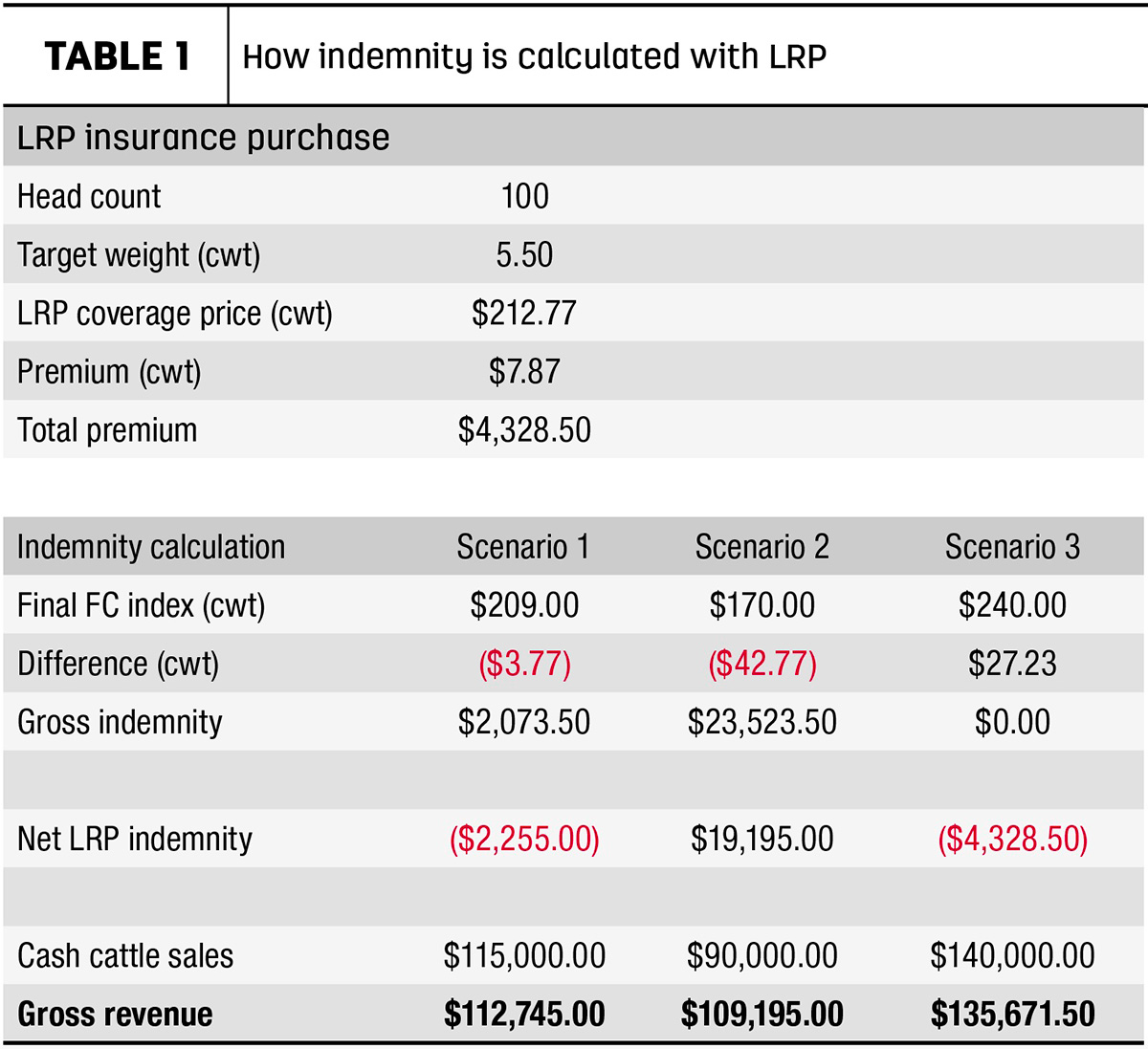Navigating Organization Risks with Bagley Risk Management
Navigating Organization Risks with Bagley Risk Management
Blog Article
Recognizing Animals Risk Protection (LRP) Insurance Coverage: A Comprehensive Guide
Navigating the realm of animals threat protection (LRP) insurance coverage can be an intricate endeavor for numerous in the agricultural market. From just how LRP insurance works to the various protection choices offered, there is much to discover in this thorough overview that can potentially shape the way livestock manufacturers approach threat monitoring in their organizations.

Just How LRP Insurance Coverage Works
Sometimes, understanding the mechanics of Animals Danger Protection (LRP) insurance can be intricate, however breaking down just how it functions can supply clearness for farmers and herdsmans. LRP insurance policy is a danger monitoring tool made to protect livestock producers versus unforeseen price decreases. The plan permits manufacturers to set an insurance coverage degree based on their certain demands, picking the variety of head, weight range, and insurance coverage price. Once the plan is in place, if market value fall below the coverage rate, manufacturers can sue for the distinction. It is necessary to keep in mind that LRP insurance policy is not a profits warranty; rather, it concentrates solely on rate risk protection. The coverage period normally ranges from 13 to 52 weeks, offering flexibility for manufacturers to pick a period that aligns with their manufacturing cycle. By using LRP insurance coverage, herdsmans and farmers can reduce the monetary risks related to rising and fall market value, making sure greater stability in their operations.
Eligibility and Coverage Options

When it comes to insurance coverage choices, LRP insurance coverage offers manufacturers the adaptability to choose the protection level, insurance coverage period, and endorsements that finest suit their threat monitoring needs. By comprehending the eligibility criteria and insurance coverage alternatives readily available, animals manufacturers can make enlightened choices to take care of danger efficiently.
Benefits And Drawbacks of LRP Insurance
When reviewing Animals Risk Security (LRP) insurance, it is crucial for animals manufacturers to consider the benefits and disadvantages inherent in this threat administration tool.

One of the primary advantages of LRP insurance policy is its capability to supply protection against a decrease in livestock costs. Furthermore, LRP insurance coverage supplies a level of versatility, allowing manufacturers to personalize insurance coverage degrees and policy durations to fit their certain needs.
One limitation of LRP insurance coverage is that it does not shield versus all types of dangers, such as disease outbreaks or natural catastrophes. It is crucial for producers to meticulously examine their individual danger exposure and financial circumstance to determine if LRP insurance policy is the appropriate threat administration device for their procedure.
Understanding LRP Insurance Coverage Premiums

Tips for Maximizing LRP Advantages
Optimizing the advantages of Livestock Risk Security (LRP) insurance coverage requires critical preparation and aggressive threat management - Bagley Risk Management. To take advantage of your LRP coverage, take into consideration the following pointers:
Regularly Evaluate Market Problems: Stay informed about market fads and rate variations in the livestock industry. By monitoring these elements, you can make enlightened choices regarding when to purchase LRP protection to secure against prospective losses.
Establish Realistic Coverage Degrees: When choosing protection degrees, consider your manufacturing expenses, market price of animals, and possible risks - Bagley Risk Management. Establishing sensible insurance coverage levels ensures that you are sufficiently protected without paying too much for unnecessary insurance coverage
Expand Your Protection: Instead of counting solely on LRP insurance policy, think about diversifying your danger management techniques. Integrating LRP with other danger administration tools such as futures contracts or choices can supply comprehensive insurance coverage versus market unpredictabilities.
Review and Adjust Coverage Regularly: As market problems alter, periodically assess your LRP protection to ensure it straightens with your present danger exposure. Changing coverage levels and timing of purchases can help enhance your danger defense method. By adhering to these pointers, you can maximize the benefits of LRP insurance coverage and protect your animals procedure against unexpected dangers.
Final Thought
To conclude, livestock danger protection (LRP) insurance policy is a beneficial tool for farmers to handle the financial threats connected with their livestock operations. By recognizing just how LRP functions, eligibility and coverage options, along with the advantages and disadvantages of this insurance policy, farmers can reference make informed choices to secure their livelihoods. By carefully taking into consideration LRP premiums and executing strategies to make best use of advantages, farmers can reduce potential losses and guarantee the sustainability of their procedures.
Animals producers interested in obtaining Livestock Danger Protection (LRP) insurance coverage can check out an array of qualification criteria and protection options tailored to their particular animals operations.When it comes to coverage alternatives, LRP insurance policy supplies producers the flexibility to select the insurance coverage level, protection duration, and endorsements that ideal match their danger management requirements.To grasp the complexities of Livestock Threat Security (LRP) insurance policy fully, recognizing the elements influencing LRP insurance coverage premiums is critical. LRP insurance premiums are determined web by numerous components, including the coverage level chosen, the anticipated rate of animals at the end of the insurance coverage duration, the type of animals being guaranteed, and the size of the insurance coverage duration.Evaluation and Adjust Coverage Frequently: As market conditions transform, occasionally examine your LRP insurance coverage to ensure it aligns with your present threat exposure.
Report this page